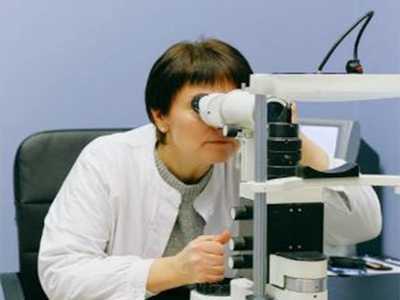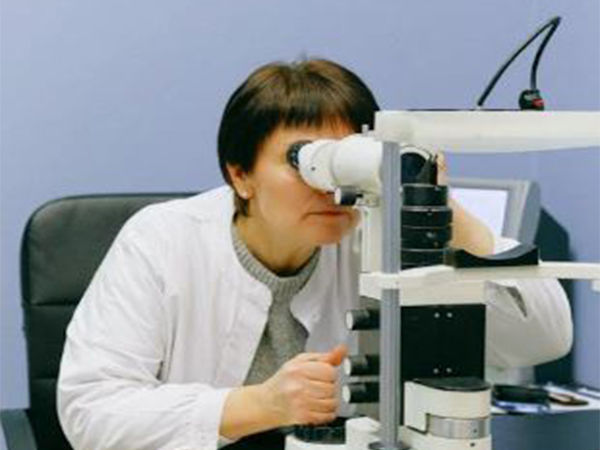

Parkville [Australia], February 5 (ANI): Researchers have conducted one of the largest eye studies in the world to reveal new insights into retinal thickness, highlighting its potential in the early detection of diseases like type 2 diabetes, dementia and multiple sclerosis.
The Walter and Eliza Hall Institute (WEHI) led study used cutting-edge artificial intelligence technology to analyse over 50,000 eyes and produced maps of the retina in unprecedented detail to better understand how retinal differences link to various diseases.
The retina is part of the central nervous system, which also comprises the brain and spinal cord. Many diseases are linked to degeneration or disruption of this critical system, including neurodegenerative conditions such as dementia and metabolic disorders like diabetes.
Sported by AI, the research has created the most detailed maps of the retina ever produced.
WEHI researchers have used these maps to link retinal thinning to a range of diseases as well as identifying new genetic factors that influence retinal thickness.
The findings could pave the way for routine eyecare imaging as a disease screening tool. Unlocking a window into the brain..
Lead researcher, WEHI’s Dr Vicki Jackson, said the findings broaden the horizons for using retinal imaging as a doorway into the central nervous system, to help manage disease.
“We’ve shown that retinal imaging can act as a window to the brain, by detecting associations with neurological disorders like multiple sclerosis and many other conditions,” said Dr Jackson, a statistician and gene expert.
“Our maps’ fine-scale measurements reveal critical new details about connections between retinal thinning and a range of common conditions.”
The study also identified new genetic factors that influence retinal thickness, which are likely to play a role in the growth and development of a person’s retina.
“This research underscores the potential for retinal thickness to act as a diagnostic biomarker to aid in detecting and tracking the progression of numerous diseases. We can now pinpoint specific locations of the retina which show key changes in some diseases.”
The international research team, led by WEHI, applied AI methods to big population data of retinal imaging and compared information about each person’s genetics and health to reveal unprecedented links to disease.
The results created 50,000 maps with measurements at over 29,000 locations across the retina, identifying retinal thinning relating to 294 genes that play an important role in disease. (ANI)
The post appeared first on .